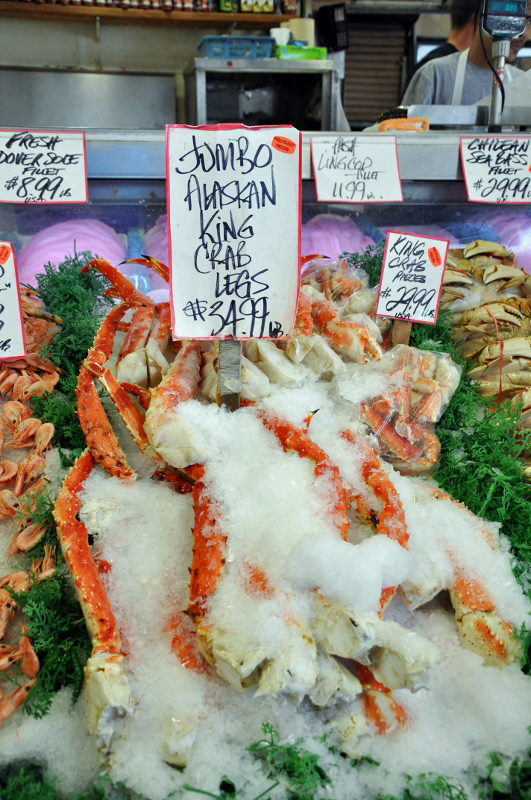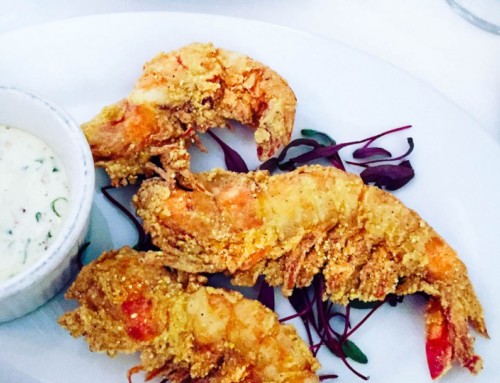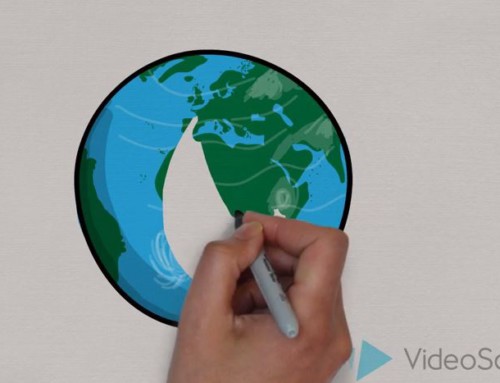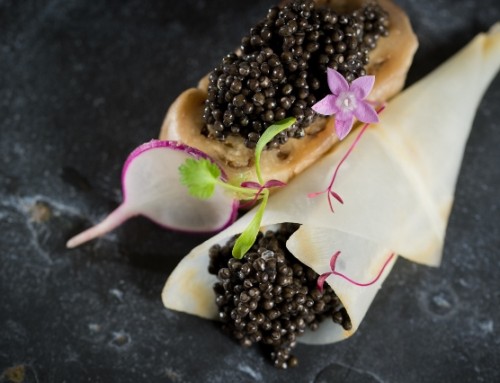Do you think the price of fresh fish at the market is expensive?
I do too.
Would you like to know why the price of fish is so expensive?
Maybe you’d like a few money-saving fresh fish shopping tips, too?
Follow along as I navigate the boat-to-plate cost of fresh fish.
The boat-to-plate cost has many factors associated with it. I offer the Cliffs Notes version of the process. From the boat captain (bait, labor, diesel, profit) to the docks (add more labor and profit), through distribution channels (truck, air or cargo sometimes all – which means more fuel, labor and profit) to the wholesale processor (add labor and more profit) another road trip (fuel, labor and profit) to the retail market (yep, more labor and profit), and lastly from the fish counter to your plate.
Whew.
It is understood that if you live near the ocean, are a chef that works with a reputable fish distributor like Sea To Table, or have a Community Supported Fishery (CSF) in your area, the steps are considerably less, but I am willing to bet the price of fish isn’t that much less expensive.
The price of fish has escalated so much that for so many of us, it is an unavailable protein.
Instead, we eat beans, legumes, chicken and other less expensive proteins. While this is all good, there is a huge, growing, global demand for fresh fish. And besides, we like to eat our fresh fish, don’t we?
Chew on this: 16 percent of the global protein needs come from fish. That’s a lot of fish to supply to our growing global population. While that may not be easy-to-digest, or something you think doesn’t relate to you, consider this: in 2050, we will need to feed 9 billion people. That’s a lot of people.
It’s a great dream and goal to aspire to think we could live on a plant-based diet alone, but the reality is eating certain foods reflect cultures, traditions, availability, demand and market price. That’s a complex recipe.
I’m like you. I want easy, fast, and affordable. And I want what I want when I want it.
So what does all this have to do with you and the price of fish at the market?
In the following video, I’ll show you one aspect of the boat to plate process: trimming fish at the wholesale distributor.
You’ll see how a fish is “broken down” to give you a better understanding of the cost of fresh fish. All videos in this series were provided by David Buchanan of Chef’s Resources.
Thank you David!
After the video, I’ll explain the fish yield (the ratio between what’s marketable (read edible) and what’s not). I’ll offer a few shopping tips so when you shop for say, sea trout, you understand why a $2.99 per pound whole fish costs you $17.99 for a boneless/skinless filet. Yes, the same fish!
I started this series with tuna because it is one of the fish with the highest yield (up to 90 percent) and possibly the easiest to understand from a visual standpoint.
Disclaimer: While I don’t advocate eating certain tuna species like Bluefin and Bigeye, this video is about yields, not about promoting tuna. You can find out more about our obsession with eating tuna in my three-part Tuna: Explored & Exposed Series, or about which tuna is “best choice” on your favorite sustainable seafood guide. (My fav is Seafood Watch.)
In this tuna video, the cutter shows the process of trimming, or cleaning a tuna. As you can see in the video one fresh tuna yields four loins. The remainder of the fish (backbone and tail) is thrown away. Side note: fresh tuna comes to the wholesale market headless, called H & G (headed and gutted). However, the boat charges the dock for the whole fish, head on, guts in.
Tuna is an anomaly, meaning it has some of the highest yields in the market, yet its price is also the highest on the market. Demand is the primary culprit.
If you saw the tuna loin in the video in the case at your market, with the bloodline in and skin on, it might be priced at $15.99 per pound. But that same fish without the bloodline and skin (which looks much more appealing and there is no labor on your part leaving you with smelly skin and bloodline,) will cost you considerably more because the loss (the skin and bloodline) is almost 25 percent. So while you might bring home the skin on, bloodline in tuna for $15.99 per pound, you will still need to further trim the fish, losing yield and money. Because you are probably not as good with your knife as the fish cutter and you do not want to cook the tuna with the bloodline in or the skin on.
Shopping tip: Ask the fish cutter to trim or clean the tuna for you and only buy four ounces per person. For your family of four, one pound of tuna at $20.00 per pound will cost you $4 per person.
That seems like a small amount of protein if you are not used to weighing your protein or watching how much you eat. If you train yourself to eat no more than a fist full of protein (a small hand is what I’m referring to) and instead, fill up on more vegetables, believe me, you will get used it. Think of it as a good habit. Plus you’ll reduce the amount of waste at the fork level. Recent research by the World Resources Institute estimates that 42 percent of waste occurs at the fork level in North America.
Call me conservative, but that’s a lot of waste.
Lastly, if you decide to buy the skin on, bloodline in tuna, please remember to take out the garbage the same night after dinner.
Need more fresh fish shopping tips? Check out my faq’s page.
Next up in the Boat-to-Plate series: Salmon.
Want to add something to this post? Better let me know if I missed something. Leave a message or shoot me an email maureen
Like this post? Sign up to have my once-a-week posts delivered to your inbox so you don’t miss a video or my easy-to-prepare sustainable seafood recipes. I do not sell or spam your email address.
Thanks for stopping by.Maureen









